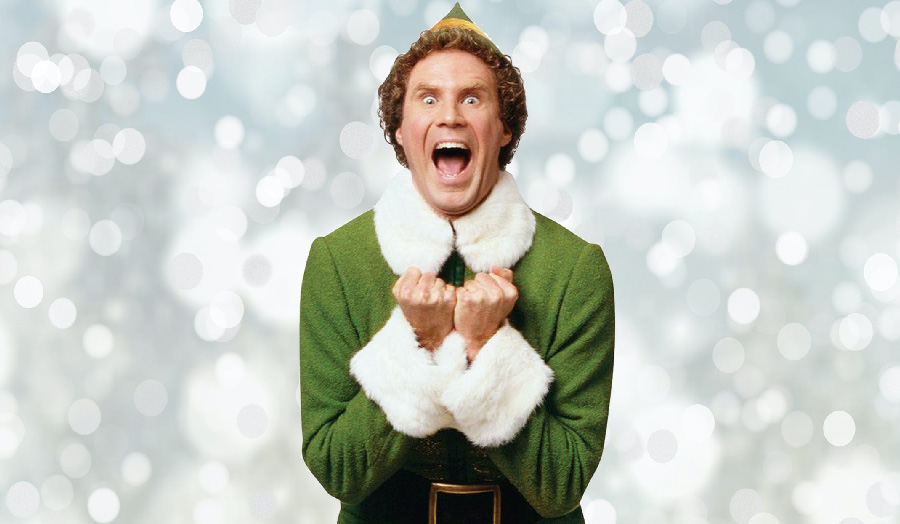My mentors produced assignments for magazines like TIME and National Geographic which were published, and then sometimes resold or exhibited, but that kind of photojournalist work just isn’t really there anymore.
I’m diverging here, you asked me about Substack. What I’m learning from this experience is how to better articulate my process, and I feel like it’s making me a better practitioner. I’ve always intellectualised social media as a platform to speak from, but Substack has made me realise it’s not just that. It’s about cultivating your own community of colleagues and people that want to engage, and that’s been surprising. I imagine it’s like running a small-town newspaper from back in the day – but it’s for people who want to learn about my practice as a photographer. It’s been exciting and rewarding in ways that I never anticipated it would be
HAPPY: I imagine it would be an incredible resource for someone that is trying to find their feet as a photographer.
ADAM: I hope so. The world has changed over the last two years, especially in the American context, with MeToo, Black Lives Matter, and then the pandemic. I’ve watched my industry and others get flipped on their heads. There’s been this rapid diversification, there’s been this huge push of people of colour into creative spaces, so all of sudden, after working for 20 years I kind of feel redundant. I’m an old white guy so who needs my voice anymore, you know what I mean?
Part of the Substack mission was to be like, well I can sit down and be bitter about it, like I watched some of my mentors do when people started shooting digital cameras instead of analogue ones, or I can embrace the now and give up what I know. How can I say this without sounding pretentious… look I don’t know Al, but already the process of sharing my story is having a positive impact on my career, and it’s empowering. I’m not just hiding behind a camera and pictures. I’ve always thought the highest compliment isn’t awards or accolades, it’s being influential. That seems much more satisfying. So I’m happy to share whatever I have with anyone who is interested.











